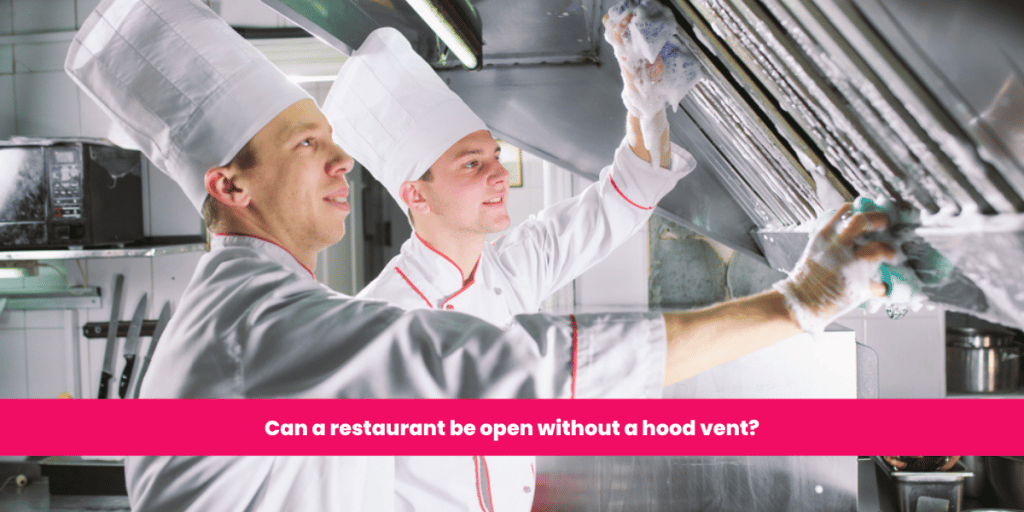A Hood Vent’s Importance in a Restaurant Kitchen
Most people seldom consider the hood vent in a restaurant kitchen, yet this little component is critical to the smooth operation of any kitchen. The hood system helps to remove smoke, oil, and heat from the air, ensuring fire safety and reducing health concerns.
In most cases, cooking with gas-powered equipment necessitates the use of a functional hood vent. Certain jurisdictions, however, have more leeway when it comes to electric equipment. It is essential to perform research and make certain that your kitchen meets all local norms and laws. Overall, a hood vent is not only convenient; it is also required for running a safe and prosperous restaurant.
How Does a Hood Vent Work?
A hood vent draws hot air and grease-laden vapours into the exhaust ductwork above the cooking area. The catch hood, which lies immediately over the cooking surface, is the first step in this procedure. The capture hood has strong fans that suck hot air and grease-laden vapours up through the hood’s front hole. After that, the vapours pass through a grease filter, which captures solid particles before they enter the ductwork. The grease-laden vapour enters the Exhaust Duct after passing through the Grease Filter and is released to the exterior.
The amount of air that must be moved in order to effectively ventilate the room determines the type of Fan utilized in a commercial Kitchen Exhaust System. Centrifugal fans, axial fans, and mixed flow fans are the three most prevalent types of fans used in commercial kitchen exhaust systems.
The Benefits of Venting
Venting is essential for removing heat, smoke, and grease-laden vapours from the air inside a commercial kitchen. Because these three factors can cause fires, it is critical to have an adequate ventilation system in place to limit this risk. Aside from fire safety, effluent gases emitted by industrial cooking units can offer major health dangers if not adequately vented outside. Lung damage, cancer, and other respiratory disorders are among the dangers.
While it may appear to be a minor detail, a hood vent is critical to the effective operation of a restaurant kitchen. The hood system helps to remove smoke, oil, and heat from the air, ensuring fire safety and reducing health concerns.
Why Is a Hood Vent Necessary?
A working hood vent is crucial for every restaurant kitchen for two reasons: fire safety and health considerations. Let’s start with fire safety. There will almost certainly be flames if you use gas-powered cooking equipment. And there is always the possibility of fire when there are flames. A correctly operating hood vent will assist in removing any smoke or heat created by the cooking process and preventing it from accumulating in the kitchen, lowering the danger of fire.
In terms of health, cooking with gas-powered equipment can emit dangerous chemicals into the air, which can create respiratory difficulties for your personnel (and clients seated near the kitchen). A hood vent removes these impurities from the air, allowing everyone in your restaurant to breathe easier—literally.
In most cases, cooking with gas-powered equipment necessitates the use of a functional hood vent. Certain jurisdictions, however, have more leeway when it comes to electric equipment. It is essential to perform research and make certain that your kitchen meets all local norms and laws. Overall, a hood vent is not only convenient; it is also required for running a safe and prosperous restaurant.

